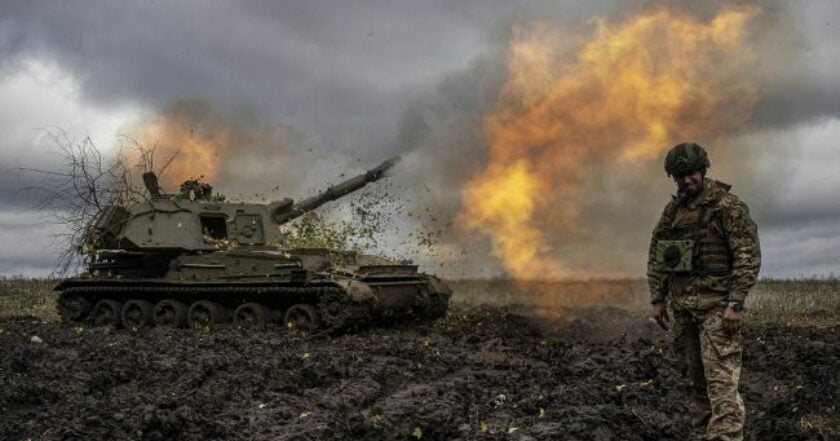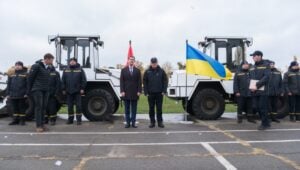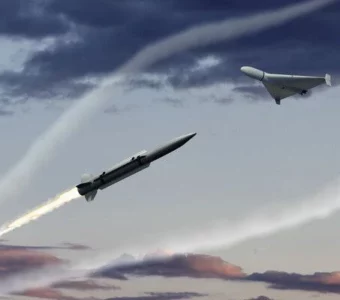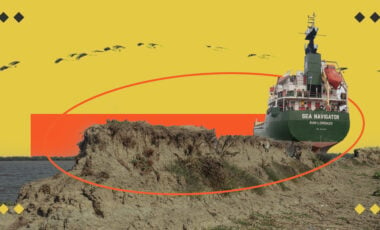Ukraine lacks air superiority for effective counter-offensive – Financial Times

Фото: Getty Images
American analysts believe that Ukraine's counteroffensive could be difficult given Russia's readiness and its lack of air superiority.
The fighting promises to be a hard slog, Financial Times report.
On one side will be around 35,000 Ukrainian soldiers, bolstered by western battle tanks. They will face more than 140,000 enemy troops along a 950km frontline. Separating the two forces will be a deadly obstacle course of mines, earthworks and tank-stopping bollards set by the Russians, the report says.
Ukraine will soon attempt to breach Russia's frontline fortifications. Success or failure will shape the battlefield and determine Ukraine's strength in any eventual negotiations with Moscow to resolve the conflict.
The fighting promises to be a hard slog, warn military officials and analysts.
First, breaching operations are exceptionally hard to perform as they require all military units — from artillery and tanks, to intelligence gathering and engineers — to work synchronously.
Ukrainians' lack of air superiority is another difficulty. The last big battle involving western tanks was in 2003 when a US-led coalition battled Iraqi forces equipped with Soviet-era T-72s. But the allied forces then were supported by ground attack aircraft and Apache helicopters.
The west has so far resisted requests to provide Kyiv with advanced fighter jets such as US F-16s.
The classic approach in a land offensive is to break out into the enemy rear, in one area or several, and deliver a concentrated blow against the enemy's centre of gravity, Ben Barry, a former British armoured infantry battalion commander, says.
The place of Ukraine's first attack remains guarded.
One area seen as strategically vital to Russia is around Melitopol, near the Sea of Azov. A successful Ukrainian push would split Russian forces in two, leaving one group in Crimea and the south, and another to the east.
The Russian army, aware of the risk, has already prepared serried lines of defences in the region.
The Russian defences typically consist of a minefield, followed by lines of pyramid-shaped concrete bollards called dragons' teeth that slow down mechanised units. Another minefield lies beyond them, with a line of trenches and dugouts 400m further back, and an anti-tank ditch 500m behind that.
The hardest part is synchronising the various parts — and Ukraine's army, while adept at small-scale manoeuvres, has limited experience of combined arms operations at this scale, analysts said.
Yet Ukraine's army has been underestimated before, when it defied western military assessments last year and pushed back Russian forces from around the capital and then from Kharkiv.
Russia has also lost almost twice as many men since the full-scale invasion, according to western assessments. Ukrainian troops are better equipped and trained than their enemies.
When Ukraine's attack happens, the defences that the Russians have prepared will also prove largely worthless, allowing more Ukrainian forces to pour through the cleared gap.



















































